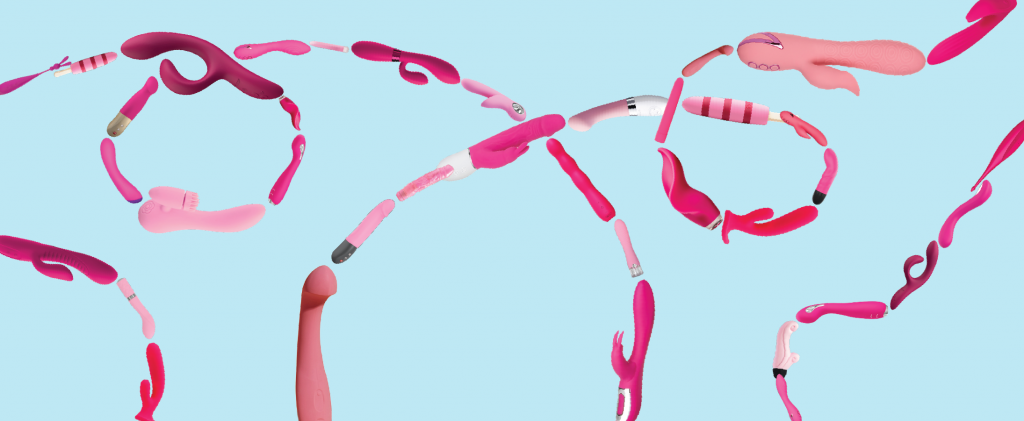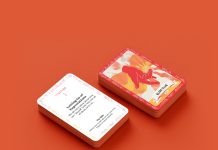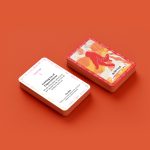(Note: This story appears in the April 2022 issue of SE Magazine)
*Story by Dianna Stratton
Eldorado’s Dianna Stratton colors the history of pink to its present as a best-selling hue.
Color can be a powerful element that influences emotions and behaviors, and pink is no exception. Pink is a pale tint of red that was named after the flower, Dianthus plumarius, a compact evergreen perennial. Often described as a feminine color, pink is commonly associated with love and romance, though that wasn’t always the case.
In 1700s Europe, due to its closeness to red, pink was considered a powerful, masculine color, associated with virility and fertility. Meanwhile blue was associated with femininity, due to its association with the veil of the Virgin Mary in Christian tradition. The 1800s brought the golden age of pink, when pink mansions and churches were built across Europe.
It wasn’t until the 1930s that pink perceptions started to change. Professional men preferred darker tones as more professional and serious. Meanwhile, brighter colors were relegated to housewives and children. By the 1950s, pink and blue were no longer interchangeable and were consistently gendered. By the time Mattel launched Barbie in 1959, pink was considered a feminine power color.
By the 2000s, pink became the default color for all things girly. Select toy-store aisles were drenched in hot pink, intending to appeal exclusively to female children. Despite the effort of designers and influencers to return pink to its beginnings as a multivalent color, pink has become a controversial color and few colors are as politically charged.
Meanwhile pink has enjoyed a three-decade reign of the vibrator market. Even within the pleasure product industry, pink products are routinely a best-selling product color, as well as a highly divisive hue for an industry that prides itself on progressive values that challenge social norms and stigmas.
Eldorado Director of Sales and Marketing Derek DalPiaz shares, “As a wholesale distributor, we buy what suppliers manufacture, and we sell what retailers pick up. Despite the predominance of pink products, it’s unclear which came first. Do pink products sell because that’s what customers prefer, or do customers buy pink products because that’s the product color most commonly available?”
An intermediate perspective on this ‘which came first, pink chicken or egg scenario’ is understandable coming from a distributor, but it begs the question… why is pink a best-selling product color? We reached out to manufacturers and retailers to better appreciate the pink sex toy predominance phenomenon.
Before starting CalExotics in 1994, Susan Colvin believed the abundance of flesh-colored products on the market were unimaginative and lacked style. One of Colvin’s first initiatives at CalExotics was to introduce color into the world of pleasure products. She added a variety of colors to her product offering and was the first manufacturer to offer pink products.
“Adding color to intimate products was important for so many reasons — we wanted to attract a wider customer base, including couples,” says Nichole Grossmann, Director of Marketing for CalExotics. “CalExotics felt that couples would be more interested and willing to try adult toys if they were fun and inviting. Adding colors like pink and purple made the toys fun, and opened the door for so many more people to play and explore.“
Bright pink is the primary brand color of many Lovense products. Karina Sidorenko, the Lovense Account Manager, remarks “When designing a toy for women, we reflexively thought about pink. We consider pink the color of pleasure. Our pink is very noticeable and looks attractive. Webcam performers prefer our pink because of the recognizability of the color on the screen, attracting the attention of fans of adult streams.”

Still, some retailers want to buy products in a variety of colors. According to Nenna Joiner, owner of Feelmore in Oakland, “Pink is a dead color. As a gender nonconforming person, I do bring in a lot of other colors. I like to bring in odd colors and not just pink. I don’t want to have a store just for women but a store for all kinds of people.”
Patrick Lyons, Nu Sensuelle Chief Strategy Officer, understands the color challenges retailers face. “Because adult retail is a female-saturated industry, it checks out that pink toys tend to sell extremely well,” he says. “Nevertheless, Nu Sensuelle has taken great strides in gender-neutralizing its products. One of our most successful shades of pink, called millennial pink, is a fusion of beige and pink. We’ve found that this shade helps transcend gender barriers established around the color, as it’s a bit more genderless.”
Lucy Vonne D’Olimpio, Sales, Education & Sex Toy Unicorn for Evolved Novelties, concurs. “For a while, everything we made was pink and purple. Evolved eventually transitioned to colors like black, then blue, and recently we’ve had success with yellows and oranges,” D’Olimpio says. “Since G-spot and prostate toys are essentially the same toy, it makes sense to choose a neutral color and put them in the same box. There is no need to make different products for different genders. We could instead just make toys for people.”
Not every manufacturer prioritizes pink. Fun toys for fun people have been part of Fun Factory’s agenda from the beginning. Their best-selling colors are blue shades like Deep Sea Blue and Petrol.
“We know from our direct to consumer sales that consumers want color diversity,” explains Kristen Tibby, Head of Fun Factory Global Marketing. “Our non-traditional colors perform better B2C than the typical pinks and purples. So, while consumers are wanting color diversity (an increasing trend over the past five years), B2B buyers continue to define the industry by making a “safer choice” when picking up the classic gender colors. If buyers don’t pick up non-traditional colors, they will continue to be discontinued, which gives fewer options to consumers. Then the cycle perpetuates itself.”
“Pink is going through a generational shift. Society is increasingly moving away from the idea of it as a childish, over-sexualized hue. There’s a shared recognition that pink can be pretty and powerful, feminine and feminist. Men are turning to it, too — as (they did) in the 18th century. We’re re-framing pink.” — Valerie Steele
Kathryn Smith, Retail Buyer at Self Serve in Albuquerque, NM, wishes a variety of colors sold better in the store, though pink is not their best-seller. Purple products always sell best in their store. “Our customers don’t want pink. If they like the product but not the color, they will ask if the product is offered in a different color. Who wants pink? The older generation — baby boomers. Younger consumers haven’t bought into stereotypical gender norms.”
Valerie Steele, editor of the 2018 published book, “Pink: The History of a Punk, Pretty, Powerful Color,” states, “Pink is going through a generational shift. Society is increasingly moving away from the idea of it as a childish, over-sexualized hue. There’s a shared recognition that pink can be pretty and powerful, feminine and feminist. Men are turning to it, too — as (they did) in the 18th century. We’re re-framing pink.”
It seems the clock is ticking on pink’s popularity. Who knows what’s ahead for our industry, but the move away from gendered color is a necessary shift. Pink may never go away, but maybe younger generations might also enjoy cock rings, strokers, and prostate toys in a variety of pink hues.
Dianna Stratton is the Marketing Communications Strategist for Eldorado Trading Company.














You must be logged in to post a comment.